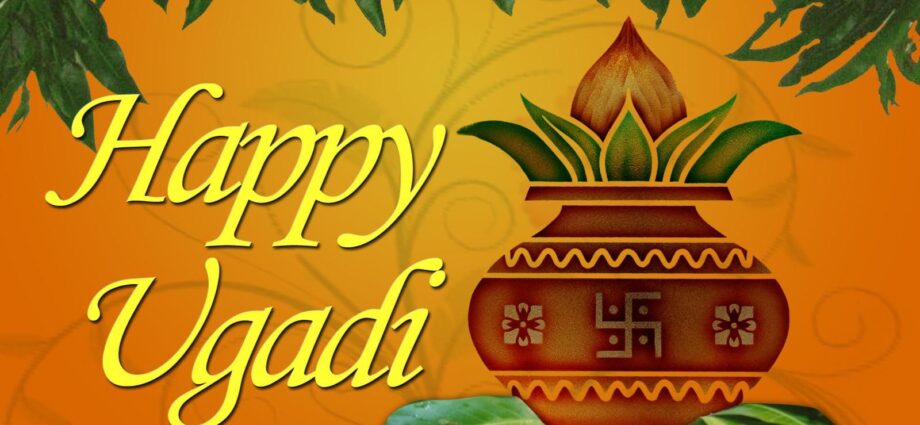Chaitre mase Jagat Brahmaa sasarja prathame ahani
Shukla pakshe samagram tu tatha Suryodaye sati
pravarthayamasa tatha kaalasya Ganana mapi graham
Brahma Purana
On the Chaitra month Pratipada Tithi, Ravi Vaar (Sunday) at sunrise when every Graha was in Ashwani Nakshatra of Mesha Rashi at that time Brahma completed the creation of Srishti.
The very creation day of Universe by Brahma is celebrated as Ugadi. The word Ugadi is composed of Sanskrit words Yuga and Adi, where Yuga means new age and Adi means beginning. Ugadi therefore means beginning of new age and is marked as the beginning of Hindu new year.
Today, we are entering the Shobakrut Samvatsara, let us attempt to know a bit about the significance of this day.
It is not just a seasonal change that marks the day of Ugadi but a day with a deep spiritual connection.
The Calendar Systems
The Souramana system of the calendar is dependent on the sun’s movements. The transitioning of the sun from one zodiac sign (Rashi) to other forms a Sankaramana or Sankranti. The period between two Sankranti is called a Masa.
Such twelve Masas constitute one Samvatsara which is equivalent to 365 days.
The Chandramana calendar is dependent on the movement of the Chandra or Moon. From one Amavasya (New moon) to another, it constitutes one Masa.
Twelve such masas constitute a samvatsara.
Depending on whether one follows a Sun almanac calendar or a lunar almanac calendar, the Ugadi is celebrated as Soura Ugadi (April 14th/15th) or Chandramana Ugadi (March 23rd).
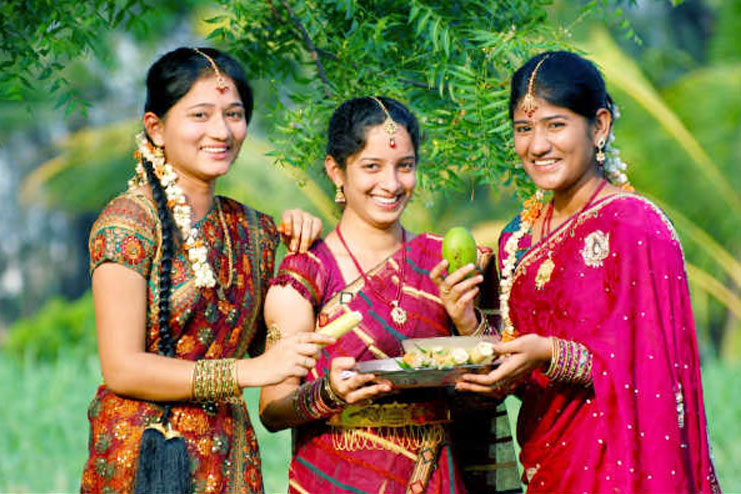
The Souramana calendar is followed in Tamilnadu, South Canara of Karnataka, West Bengal, Punjab, and Nepal.
Whereas the Chandramana calendar is followed in Andhra and Karnataka.
In north India, king Vikramaditya started the Shakha (calendar) and in the southern part, king Shalivahana started the Shakha from the first day of Chaitra month.
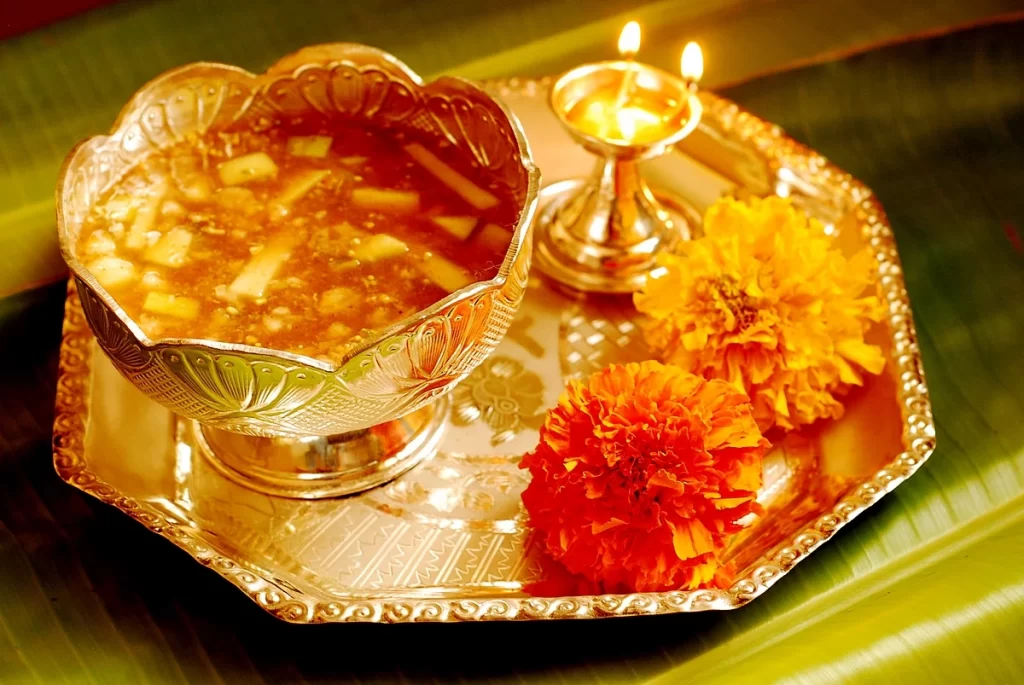
The Historical Significance
Smruthikousthabha mentions that on this day, Vishnu assumed a Matsyavatara.
The Vasanth Navaratri which involves worshipping Sri Rama and Durga also happens to begin from this day.
Every Samvatsara is said to have 31/2 hours which is very auspicious. Ugadi happens to be one such day.
In some remote past, the new year was celebrated during the Varsharutu and Sharadrutu. The Katyayanasmriti and Amarakosha mention it was done during the Margashira masa also. But later, the Vasantarutu has been chosen for celebration of the new year.
This was the day also when Srirama returned from the forest. It is said that the people of Ayodhya started the long celebration of the slaying of king Ravana from this very day onwards.
The Astronomical Significance
Astronomically speaking, this day assumes a greater significance. Today, the earth’s axis is tilted in such a way that the northern hemisphere gets more sun exposure. The intensity of heat keeps increasing. It might sound odd but the same sun heat dawns upon the new life in trees blossoming everywhere.
According to our great Indian mathematician Bhaskaracharya, the sunrise on the day of Ugadi is the beginning of the New Year because the earth has exactly completed its one revolution around the sun.
The Observance
Shatayur Vajra Dehaya. Sarva Sampath Karayacha. Sarva Rishta Vinashaya Nimbakam Dala Bakshanam
“Let my body remain strong, like a diamond, for a hundred years; O Lord, give me wealth and prosperity; with the prayer that all the bad in this world be destroyed, I eat this mixture of neem buds and jaggery.”
All our festivals are celebrated with a sweet consumed as a prasadam but why is it that in Ugadi we must take a bitter-tasting Neem with Jaggery?
The Bhagavat Geetha after all summarised our lives,
सुखदु:खेसमेकृ त्वा लाभालाभौ जयाजयौ |
The journey is riddled with happiness and difficulties equally. It is on this day, the beginning of a new year, one makes a resolve to receive both on equal terms by partaking the bitter-tasting neem with jaggery symbolically signifying the difficulties and happiness to be received on the same platter with equanimity.
The Charaka Samhitha from the great physician Charaka describes neem as कटुतिक्तकषाया वािं जनयन्ति meaning,
Neem produces a Vaata dosha which is nullified with the mixing of jaggery. There is a practice of mixing black pepper, jeera seeds, and salt into the mixture.
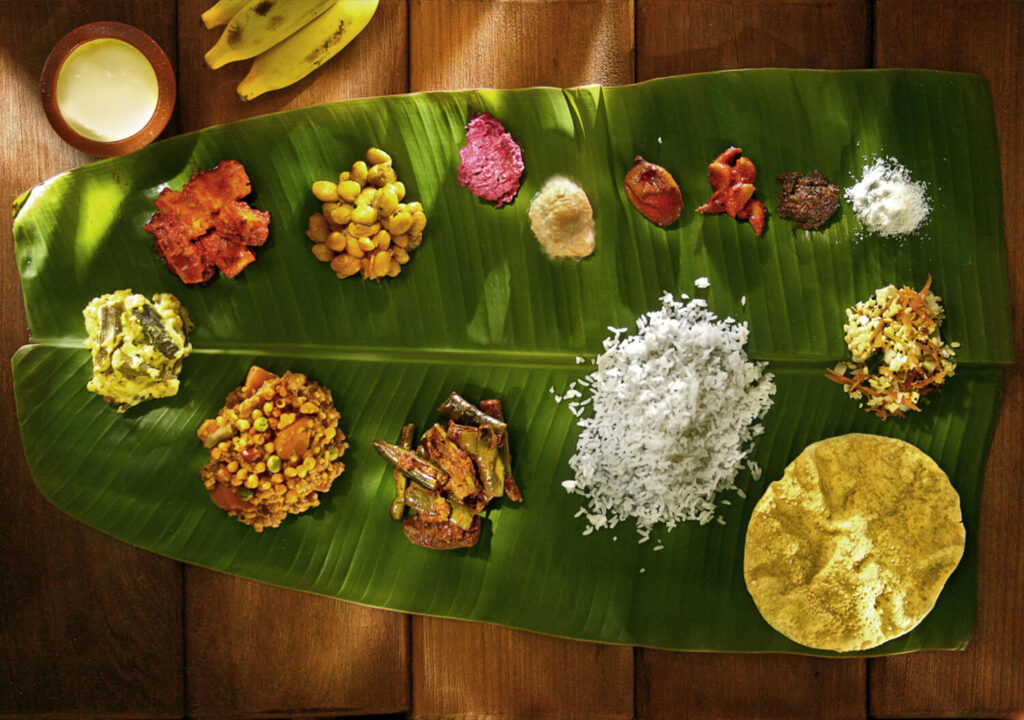
For every festival, there is a Pradhana devata in our celebrations. The Ugadi has the Prajapati kaalapurusha who likes the combination of Neem with jaggery.
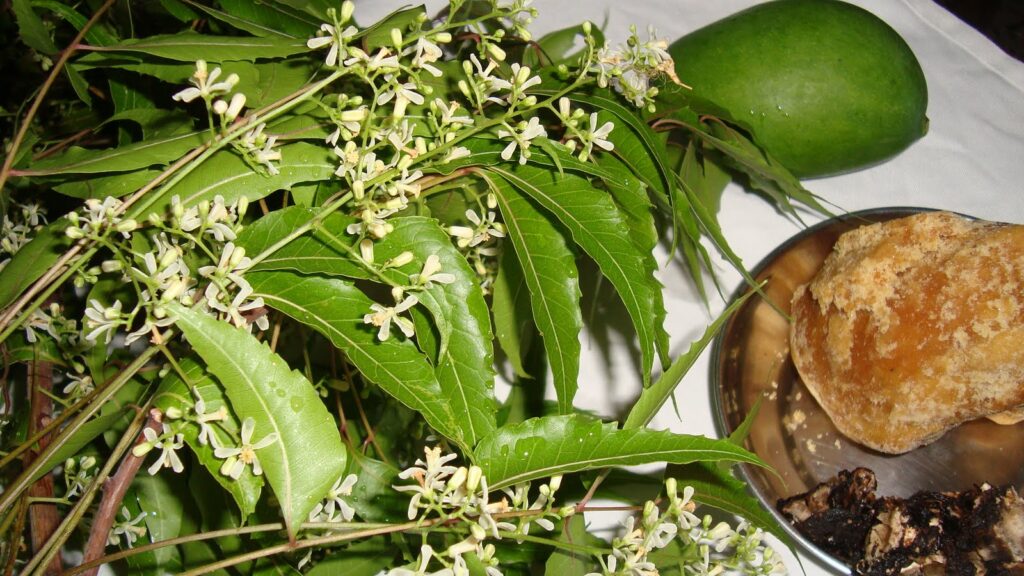
The observance of taking a head bath with castor oil signifies both physical and spiritual basis. The day marks the beginning of more sun exposure, and the cooling effect of oil brings about a healthy aspect to the individual. The Ayurvedic treatise Vagbhatiya elaborates on the beneficial effects of a castor oil bath beneficial physically and mentally which in turn positively influences one’s spiritual sadhana.
The decorations of the house with fresh mango leaves on this day signify a wonderful transition of mother nature.

The Panchanga worship and recitation and reading of the predictions for the year ahead mark the rest of the day’s engagement. As it is a widely held view whatever is done on this day shapes the year and how it is going to treat us, let us spend the festival with devotional fervor and enjoyment. Let the Shobakrut Samvatsara bring happiness to all.
All images in the article are sourced from the internet.
![]()
- Ugadi the dawn of a new beginning - March 22, 2023
- The legendary life of master story teller-Dr SL Bhyrappa - January 27, 2023
- Dr. Shankar Rajaraman: The mind healer turned mind stimulator - January 25, 2023

